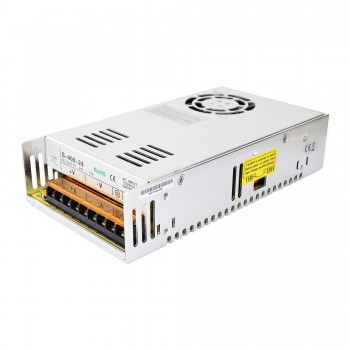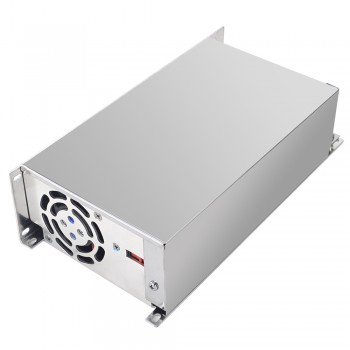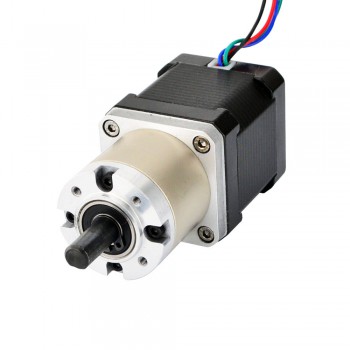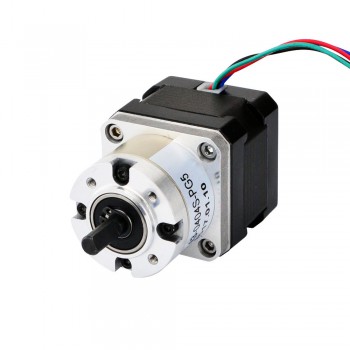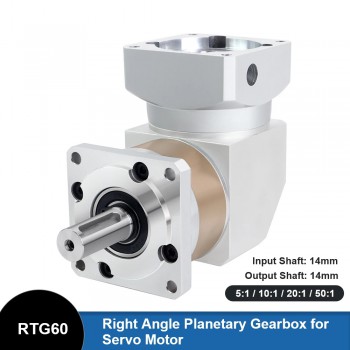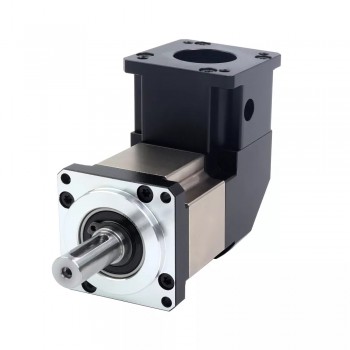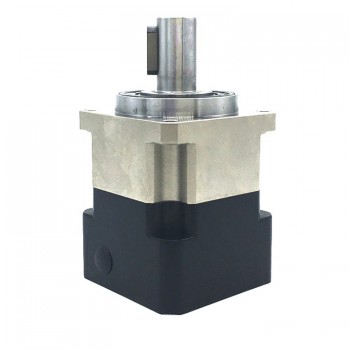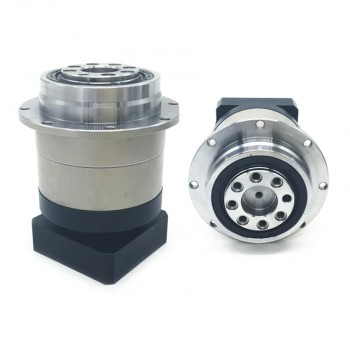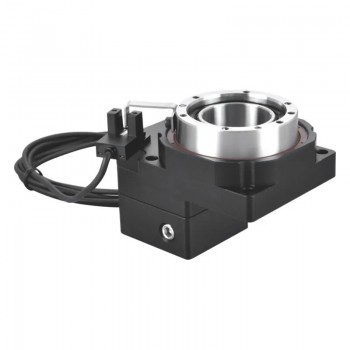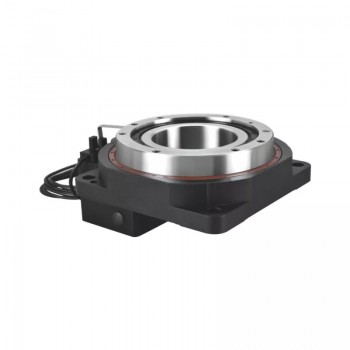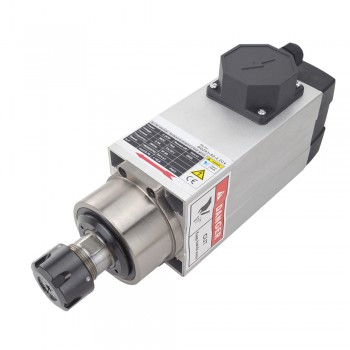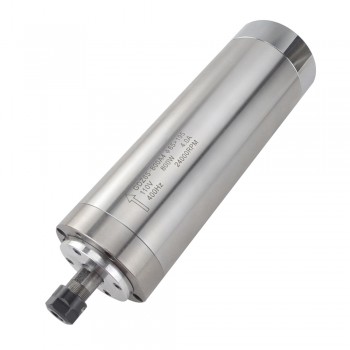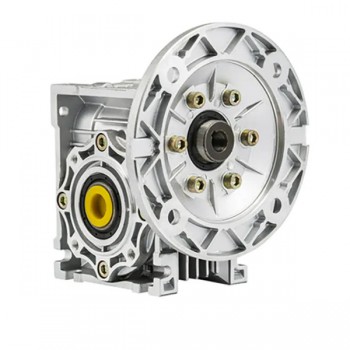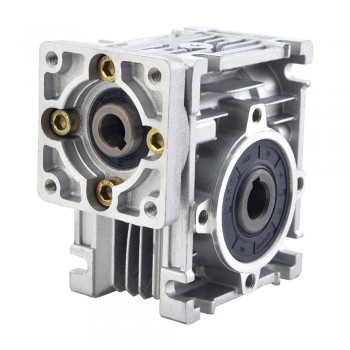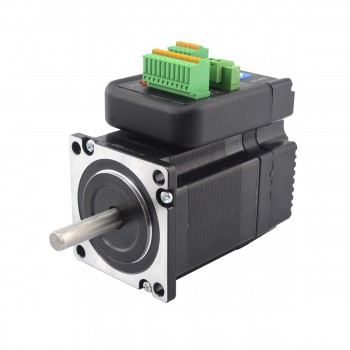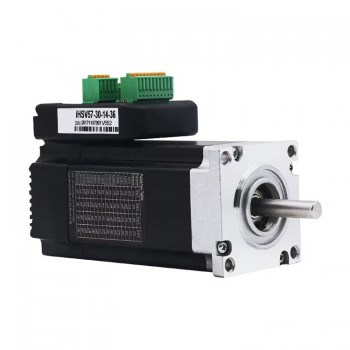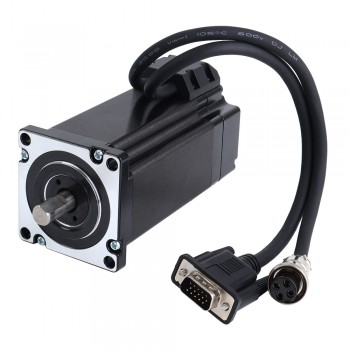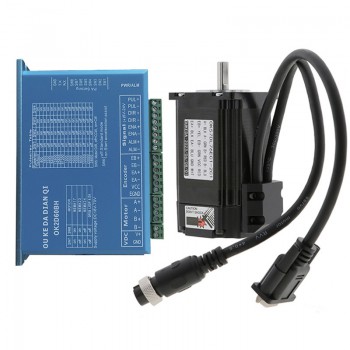1.Brief introduction of harmonic reducer gearbox
A harmonic reducer gearbox is a type of high-precision gearbox that uses the principle of a strain wave to achieve high gear ratios in a compact, lightweight design. It consists of three main components: a wave generator (elliptical input), a flexspline (flexible, externally toothed cup), and a circular spline (rigid, internally toothed ring). The wave generator deforms the flexspline, causing its teeth to engage with the circular spline, and a large reduction ratio is achieved because the circular spline has more teeth than the flexspline.
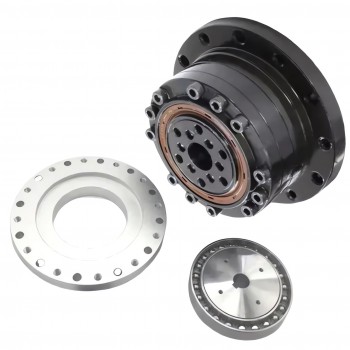
2.Main working principles of harmonic reducer gearbox
1.Deformation: The wave generator rotates, causing the flexspline to deform into an elliptical shape.
2.Meshing: The deformation causes the teeth on the flexspline to engage with the teeth on the circular spline. Because of the elliptical shape, engagement only occurs at two points, usually on opposite sides of the gear.
3.Rotation: As the wave generator continues to spin, the points of engagement move along the circumference of both gears.
4.Reduction: Since the circular spline has more teeth than the flexspline, each full rotation of the wave generator causes the flexspline to advance by a small number of teeth relative to the wave generator. This difference in tooth count creates the gear reduction.
5.Backlash elimination: The preloaded, flexed engagement between the two gears eliminates play, resulting in near-zero backlash, a key advantage for high-precision applications like robotics and medical devices.
3.Main performance advantages of harmonic reducer gearbox
1.The transmission speed ratio of harmonic reducer from harmonic drive distributors is large. The speed ratio of single-stage harmonic gear transmission ranges from 70 to 320, which can reach 1,000 in some devices, and the speed ratio of multi-stage transmission can reach more than 30,000. It can be used not only for deceleration, but also for acceleration.
2.High bearing capacity. This is because the number of teeth meshed at the same time in the harmonic gear transmission is large, and the number of teeth meshed at the same time in the dual-wave transmission can reach more than 30% of the total number of teeth, and the flex wheel adopts high-strength materials, and the teeth are in surface contact.
3.High transmission precision. This is because the number of teeth meshed at the same time in the harmonic gear transmission is large, and the error is averaged, that is, the multi-tooth meshing has a mutual compensation effect on the error, so the transmission precision is high. In the case of the same gear accuracy level, the transmission error is only about 1/4 of the ordinary cylindrical gear transmission.
4.High transmission efficiency and smooth movement. Due to the uniform radial movement of the flex gear teeth during the transmission process, even if the input speed is high, the relative slip speed of the gear teeth is still extremely low (so it is a percent of the ordinary involute gear transmission) , Therefore, the gear tooth wear is small and the efficiency is high (up to 69%~96%).
5.The structure is simple, the number of parts is small, and the installation is convenient. There are only three basic components, and the input and output shafts are coaxial, so the structure is simple and the installation is convenient.
6.Small size and light weight. Compared with the general reducer, when the output torque is the same, the volume of the harmonic gear reducer can be reduced by 2/3 and the weight can be reduced by 1/2.
7.The movement can be transmitted to the confined space. Using the flexible characteristics of the flexible wheel, this valuable advantage of the wheel drive is unmatched by other existing drives.
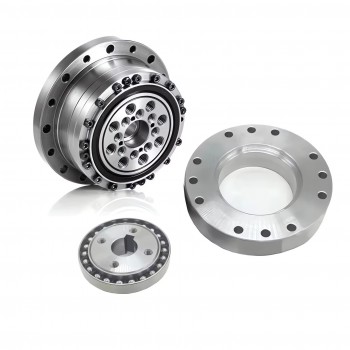
4.Suitable applications of harmonic reducer gearbox
1.In industrial robots, the harmonic reducer gearbox can provide high-precision motion control to meet the precise positioning requirements of the robot joints. Its high reduction ratio and low noise characteristics enable the robot to maintain high precision and stability when performing complex operation tasks. For example, in welding robots, harmonic reducer gearboxes can precisely control the movement of robot arms to complete high-precision welding tasks.
2.In the aerospace field, harmonic reducer gearboxes are widely used due to their high reliability, lightweight and long life. Their wear-free design and precise control capabilities make them very suitable for working in extreme environments. For example, in satellite deployment systems, harmonic reducer gearboxes can be used to precisely control the attitude and position of satellites.
3.The field of medical devices, especially surgical robots and diagnostic equipment, requires high-precision and high-stability transmission systems. Harmonic reducer gearboxes are able to provide precise speed and position control to ensure the accuracy and reliability of medical equipment. Their low noise and aseptic operation characteristics also make them perform well in surgical environments. For example, in CT machines, harmonic reducer gearboxes can be used to drive rotating gantry to achieve high-precision scanning motion.
4.In automation equipment, the high efficiency and compact design of harmonic reducer gearboxes make them suitable for integration into space-constrained equipment. Their low noise and vibration characteristics also help improve the quality of the working environment. For example, on an automobile production line, a harmonic reducer gearbox can be used to drive conveyor belts and robots to achieve precise assembly of automobile parts.
